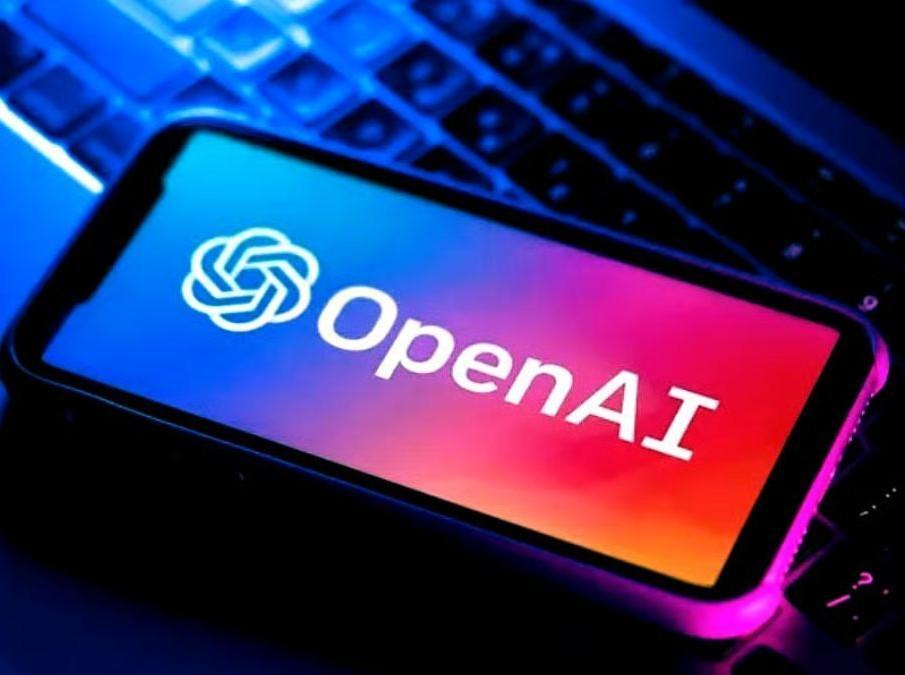
OpenAI Releases Downloadable AI Models for Public, Offline Use
In a groundbreaking move, OpenAI has released two AI models called gpt-oss-120b and gpt-oss-20b, allowing anyone to download and run the full model on their own computer. This marks a significant shift in the way AI is used and controlled, as it means that individuals can now utilize AI models without needing internet access, expensive subscriptions, or even permission from OpenAI.
For the first time since 2019, OpenAI is letting anyone access and run their AI models, giving users complete control over the technology. This move is significant because it democratizes AI access, allowing individuals and organizations to use AI models without being tied to the cloud or relying on expensive infrastructure.
The two models released by OpenAI, gpt-oss-120b and gpt-oss-20b, are based on the popular GPT-3 architecture, which is designed to generate human-like text. These models are capable of performing a range of tasks, from language translation and summarization to text generation and completion.
The gpt-oss-120b model has 120 billion parameters, making it one of the largest AI models available for public use. This model is capable of generating high-quality text that is indistinguishable from human-written content. The gpt-oss-20b model, on the other hand, has 20 billion parameters and is designed for use cases that require a balance between performance and computational efficiency.
The release of these models is significant not only because of their capabilities but also because of the implications for AI development and use. With these models, individuals and organizations can now develop their own AI-powered applications without relying on cloud-based services or expensive infrastructure.
The benefits of this release are numerous. For one, it allows for greater control over AI models, as users can now run them on their own hardware and avoid any potential risks or biases associated with cloud-based services. Additionally, the release of these models enables individuals and organizations to develop custom AI solutions that meet their specific needs, rather than relying on pre-trained models that may not be suitable for their applications.
Another significant benefit of this release is the potential for increased innovation and development in the AI space. With access to these powerful AI models, developers can now focus on creating new and innovative applications, rather than spending time and resources on developing their own AI models from scratch.
The release of these models also has significant implications for industries such as healthcare, finance, and education, where AI is being used to improve diagnosis, treatment, and decision-making. With these models, healthcare professionals can now use AI to analyze medical data, diagnose diseases, and develop personalized treatment plans. Similarly, financial institutions can use AI to analyze market trends, predict stock prices, and develop personalized investment strategies.
In conclusion, the release of gpt-oss-120b and gpt-oss-20b by OpenAI is a significant development in the AI space. It democratizes AI access, giving individuals and organizations the ability to use powerful AI models without relying on expensive infrastructure or cloud-based services. With these models, developers can now focus on creating new and innovative applications, and industries such as healthcare, finance, and education can use AI to improve diagnosis, treatment, and decision-making.






